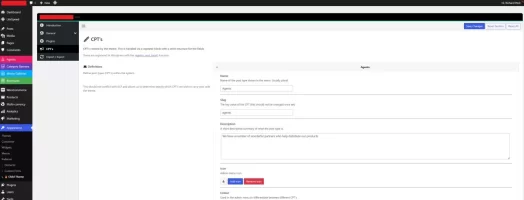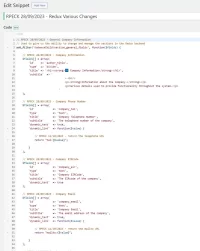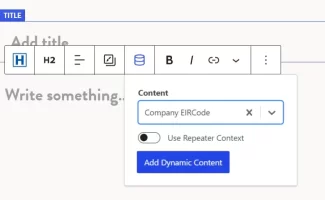I am currently a wordpress developer. I work for a small web design agency. I think I'd like to change the development practices and stack we use to being something like Next.JS with Tailwind so it uses a SSG and then only does dynamic stuff for very interactive components. it also means we can host it in a serverless way mostly using Vercel or SST. It also means we can do more high-end business and develop custom themes and command higher rates as we're not limited by some of the baggage wordpress brings. I also want a challenge by integrating things like version control, CI/CD, and self-hosting using tech like SST. Wordpress also just gets in the way, even with tech like Roots Sage as there isn't that good of hosting support for it other than hosting yourself. In that case, it's a security nightmare managing the server myself.
I'd like some advice on going about this. I am not a natural salesman. However, I am reading more about sales and influencing others, but I don't really know how to communicate the value of these better development practices to the boss who just sees the brief go to us, and we make it happen. I know we can deliver more quality and more robust solutions to the client, but I need some help figuring out how to do this. Another challenge I have is they underestimate how hard it can be to make wordpress and the current crop of themes work and to change them; they have a beginner level of elementor knowledge under their belt and they're very confident that they know best no matter what. They're overall a great boss but I don't think we can deliver better things unless we upgrade to more modern development practices. Any suggestions would be greatly appreciated.
I'd like some advice on going about this. I am not a natural salesman. However, I am reading more about sales and influencing others, but I don't really know how to communicate the value of these better development practices to the boss who just sees the brief go to us, and we make it happen. I know we can deliver more quality and more robust solutions to the client, but I need some help figuring out how to do this. Another challenge I have is they underestimate how hard it can be to make wordpress and the current crop of themes work and to change them; they have a beginner level of elementor knowledge under their belt and they're very confident that they know best no matter what. They're overall a great boss but I don't think we can deliver better things unless we upgrade to more modern development practices. Any suggestions would be greatly appreciated.
Dislike ads? Become a Fastlane member:
Subscribe today and surround yourself with winners and millionaire mentors, not those broke friends who only want to drink beer and play video games. :-)
Membership Required: Upgrade to Expose Nearly 1,000,000 Posts
Ready to Unleash the Millionaire Entrepreneur in You?
Become a member of the Fastlane Forum, the private community founded by best-selling author and multi-millionaire entrepreneur MJ DeMarco. Since 2007, MJ DeMarco has poured his heart and soul into the Fastlane Forum, helping entrepreneurs reclaim their time, win their financial freedom, and live their best life.
With more than 39,000 posts packed with insights, strategies, and advice, you’re not just a member—you’re stepping into MJ’s inner-circle, a place where you’ll never be left alone.
Become a member and gain immediate access to...
- Active Community: Ever join a community only to find it DEAD? Not at Fastlane! As you can see from our home page, life-changing content is posted dozens of times daily.
- Exclusive Insights: Direct access to MJ DeMarco’s daily contributions and wisdom.
- Powerful Networking Opportunities: Connect with a diverse group of successful entrepreneurs who can offer mentorship, collaboration, and opportunities.
- Proven Strategies: Learn from the best in the business, with actionable advice and strategies that can accelerate your success.
"You are the average of the five people you surround yourself with the most..."
Who are you surrounding yourself with? Surround yourself with millionaire success. Join Fastlane today!
Join Today







